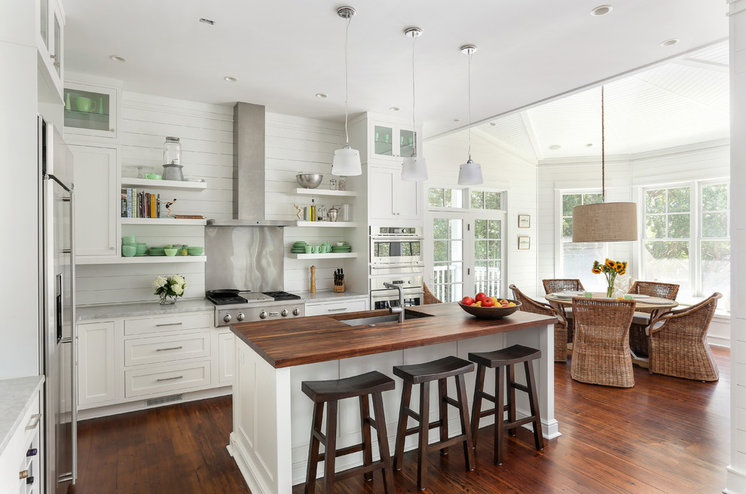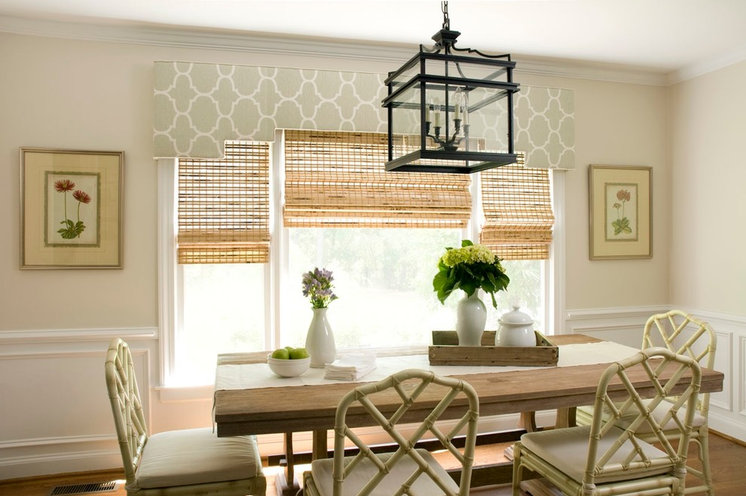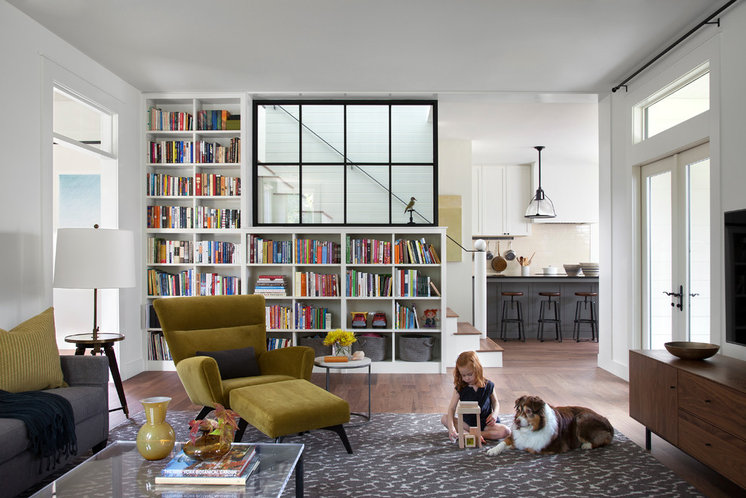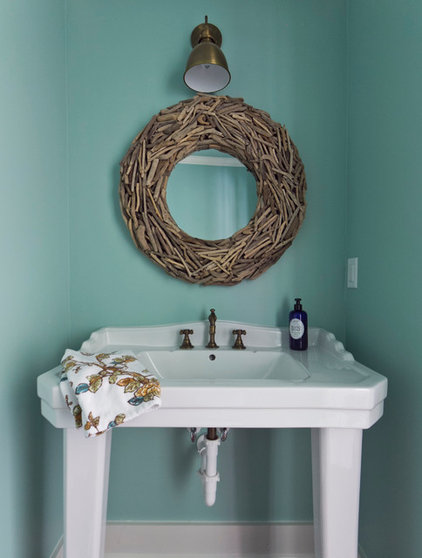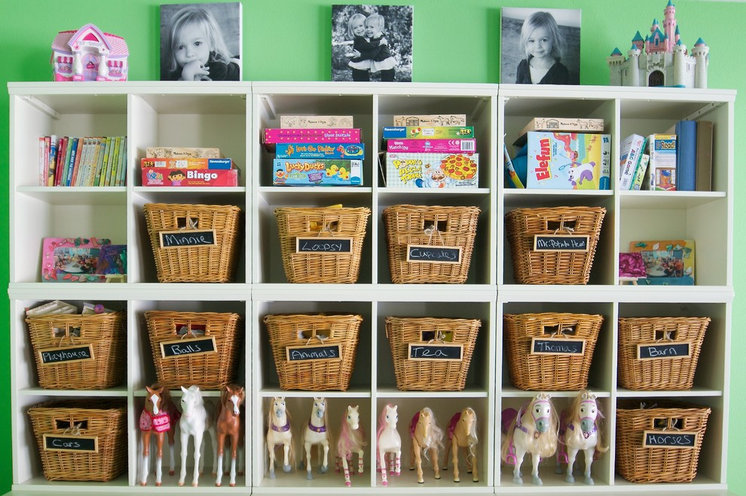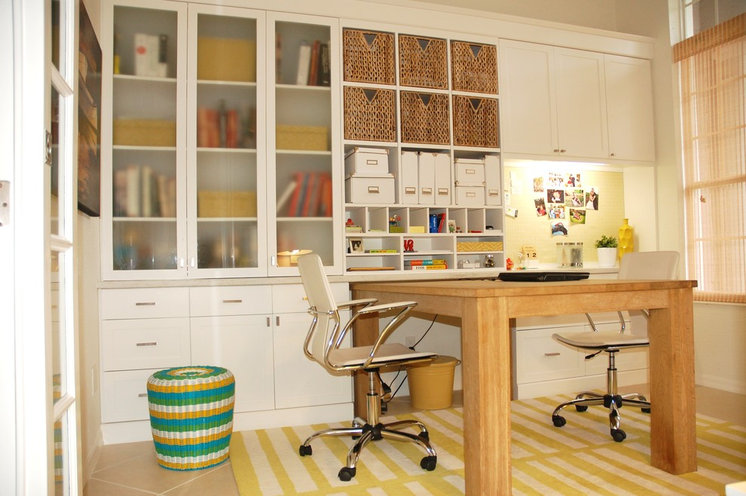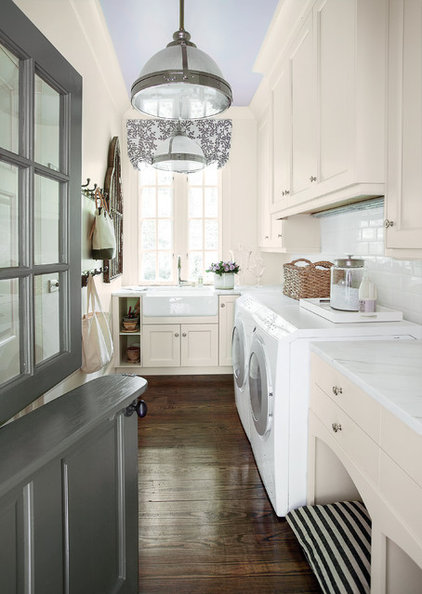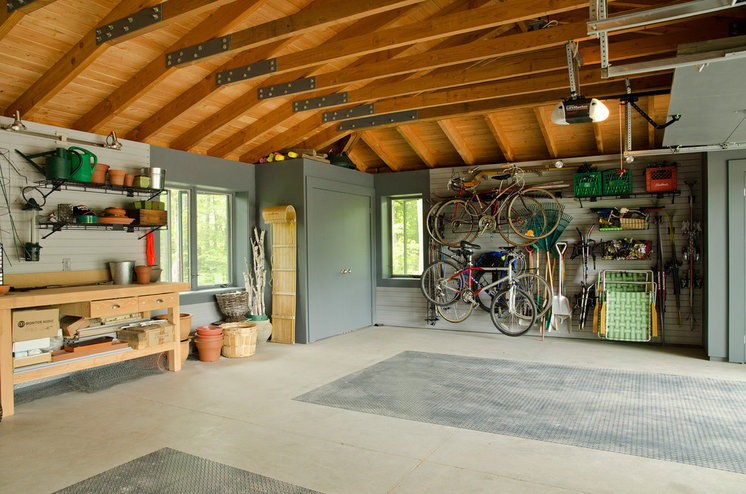Your Guide to a Spotless, Beautifully Organized Home
Your Guide to a Spotless, Beautifully Organized Home
Use our 7-day plans to bring order and cleanliness to each room of your house
Getting started: Get in the habit of opening your mail as soon as you walk in the door, while standing over the recycling bin. At the end of each day, put away anything sitting around in the entry that doesn’t belong.
Get the 7-day plan
Getting started: Start fresh by deep cleaning your kitchen, including those hidden spots that get missed in a quick weekly clean, and organize your cooking tools for smoother meal prep. Take everything out of the fridge and freezer, one shelf at a time, and toss anything that has gone bad or that you know you won’t eat. There is no reason to let that salad dressing you tried and hated sit there for another year.
Get the 7-day plan
Getting started:
- Remove anything that belongs in another room: shopping bags waiting to be unpacked, library books that need to be returned, kids’ toys, piles of mail, laptops — whatever you’ve got.
- Completely clear the stuff off the dining table, floors and other surfaces. Most decor can stay (for now), but if it has a home in another room, out it goes.
Getting started: If you have a good vacuum with attachments, that’s the fastest and easiest way to banish dust in the living room. There’s no denying this is a lot of work, so consider this your official excuse to skip the gym today.
- Vacuum the room from top to bottom, starting with cobwebs on the ceiling and working your way down to the floor.
- Window treatments like blinds and shades can be vacuumed using an attachment.
- If your curtains are washable, take them down and toss them in the wash on the gentlest cycle.
- Vacuum or dust light fixtures, the tops of bookcases, picture frames and the mantel.
Getting started: Streamline the wardrobe. Take everything out of your closet and drawers. Assess each item by looking it over for damage and trying it on. Put clothes that no longer fit or that you do not like in a pile to give away or sell. Put out-of-season clothes and accessories in a separate pile for storage. Put clothes you love that need alterations or repairs in a tote bag to bring to the dry cleaner.
Get the 7-day plan
Getting started: Work your way through your medicine cabinet shelf by shelf and examine each product. Toss out anything expired as well as products you no longer use or that you’ve tried and don’t like. Just because you paid money for something doesn’t mean you have to pay again by giving up precious space for it. Don’t get caught up in organizing just yet; focus on purging.
Get the 7-day plan
Getting started:
- Remove clothes and shoes your child has outgrown and set them aside to give away, sell or store.
- Remove toys that are broken or have missing pieces and can’t be fixed.
- Remove toys that your child has outgrown and decide whether to store, give away or sell them.
- If your child has a lot of very similar toys, remove enough so that what’s left can be easily stored and enjoyed.
Getting started:
- Pull every (nonpaper) item out of your desk and office storage and sort it into piles, placing like with like —for instance, all letter writing supplies in one pile; everything computer related in another.
- Now take a closer look at those piles, removing unneeded duplicates (do you really need three staplers?) and anything that doesn’t belong in your office.
Getting started:
- Use a damp sponge or microfiber cloth to clean the exterior and inside the lid of your washer, paying special attention to rubber seals.
- If your washer has a lint trap or removable detergent dispensers, take them out and clean them with warm, soapy water in the sink. If not, use cotton swabs to get the gunk and grime from the corners.
- Pour a cup or two of white vinegar in the washer and run it on the hottest setting, without any clothes in it.
Getting started: Take a moment to set up several areas for hazardous waste, garbage, recycling, things to donate, things to sell and things to keep. Rent a Dumpster if you need it, but keep in mind that you should be able to recycle, donate or sell most of what you no longer want or need.
Once you have your zones in place, begin pulling things out of your garage and sorting them. (Don’t try to sort stuff in your garage — you won’t be able to really clean or organize your garage if you try to sort it in place.)
What to keep:
- Important memorabilia
- Things you have used within the past 12 months
- Things you have a definite plan to use in the near future (such as workout gear you forgot you owned)
- Spare materials for your home, such as paint and tile

